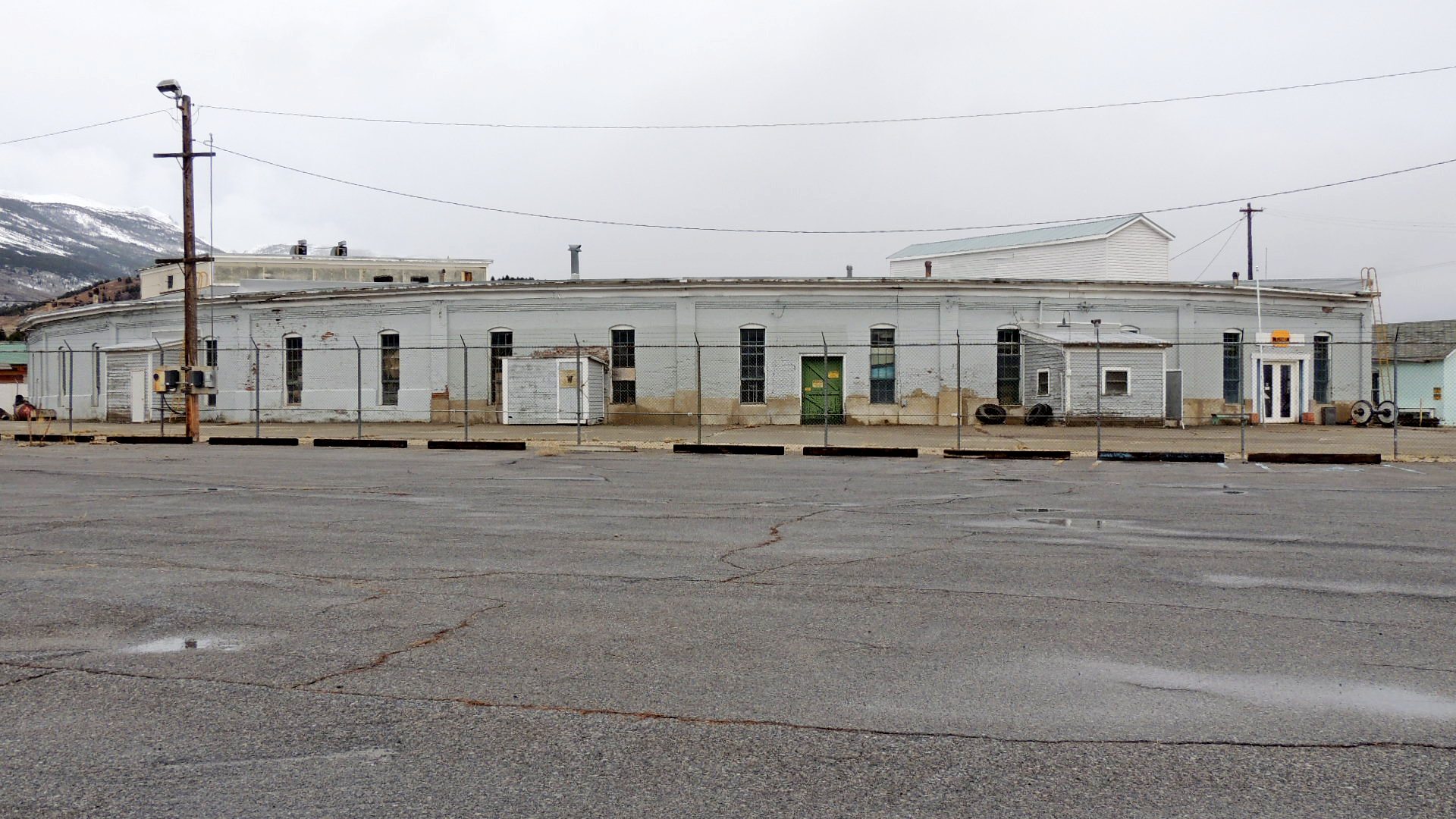|
 Butte, Anaconda and Pacific Railway Historic District - Anaconda, MT Posted by:  T0SHEA T0SHEA
N 46° 07.866 W 112° 57.342
12T E 348924 N 5110472
Chartered with the grandiose name of the Butte, Anaconda and Pacific Railway, the closest the railway ever got to the Pacific was 26 miles down the line from its beginning in Butte, at Anaconda.
Waymark Code: WMKN1P
Location: Montana, United States
Date Posted: 05/04/2014
Views: 1
Operations commenced on the B.A.&P. on December 1,1893, with passenger service beginning at the end of that month. Total trackage completed included forty-one miles, of which fifteen miles were branch and spur lines.
The historic district covered 750 acres (300 ha) when listed on the National Register of Historic Places in 1988. It includes the railway right-of-way from Butte, Montana to Anaconda, along the course of Silver Bow Creek. It is one of the few historic districts which lies across two counties, Deer Lodge and Silver Bow counties. The historic district includes 51 contributing buildings, 34 contributing structures, and two contributing sites.
A later boundary increase added eight contributing buildings on 20 acres (8.1 ha).
BUTTE, ANACONDA AND PACIFIC RAILWAY HISTORIC DISTRICT
Tired of exorbitant freight rates, copper king Marcus Daly decided to build his own railroad in 1892 to haul ore from the Butte mines to his Anaconda smelter. Daly envisioned the Butte, Anaconda and Pacific Railway extending to the Pacific Ocean. Instead the railroad ran twenty-six miles between Anaconda and Butte. With construction expertise from the Great Northern Railway, the railroad was built with seventy-five-pound steel rails in anticipation of heavy freight traffic. By 1900, the BA&P was said to carry “more tonnage to the mile the year around than any other railroad in the country.” This earned it the moniker “The Biggest Little Railroad in the Nation.” Most of the freight was copper ore from the Butte mines with a destination of the Anaconda smelter. Finished copper from the smelter was then transported across the nation. In 1913, the BA&P converted from steam to electric-powered engines, becoming the first electrified railroad in the country to haul heavy freight. Two factors allowed the BA&P to electrify affordably: access to inexpensive hydroelectric power and the fact that the Anaconda Company supplied the necessary copper wire from its own mines. The BA&P’s early success in electrification became a model for other railroads, most notably the Chicago, Milwaukee and St. Paul Railroad. The modern age of electricity fueled demand for copper from 1892 through the 1920s. Notably, the BA&P transported more than half of the nation’s supply during this era.
From the NRHP plaque

Street address:
300 Commercial Street
Anaconda, MT USA
59711

County / Borough / Parish: Deer Lodge County

Year listed: 1988

Historic (Areas of) Significance: Engineering, Transportation, Industry, Architecture

Periods of significance: 1925-1949, 1900-1924, 1875-1899

Historic function: Transportation - Rail-Related

Current function: Transportation, Vacant/Not In Use - - Rail-Related

Privately owned?: yes

Season start / Season finish: From: 01/01/2014 To: 12/31/2014

Primary Web Site: [Web Link]

Secondary Website 1: [Web Link]

Hours of operation: Not listed

Secondary Website 2: Not listed

National Historic Landmark Link: Not listed

|
Visit Instructions:
Please give the date and brief account of your visit. Include any additional observations or information that you may have, particularly about the current condition of the site. Additional photos are highly encouraged, but not mandatory.
Recent Visits/Logs:
| There are no logs for this waymark yet. |
|
|
|
|